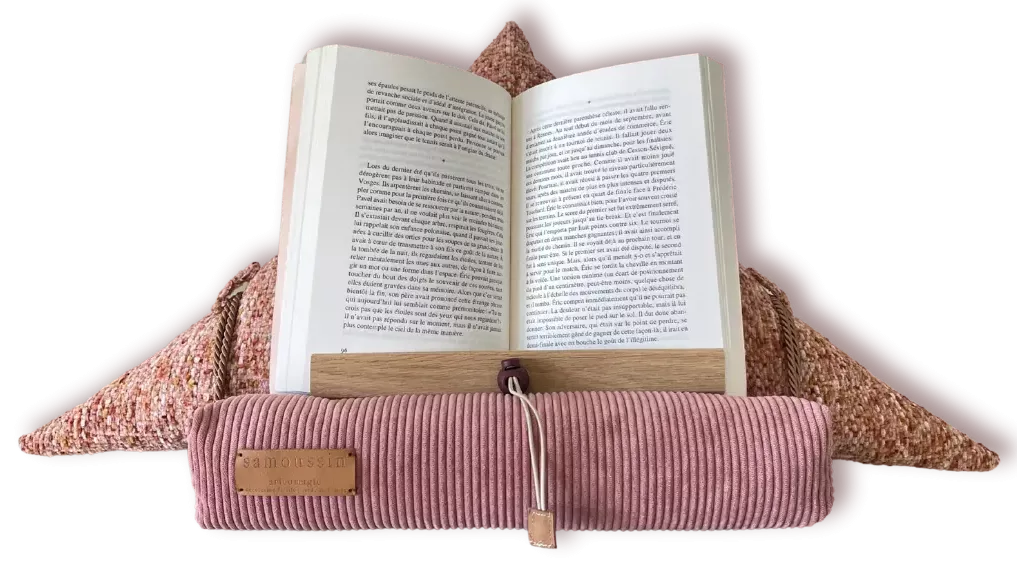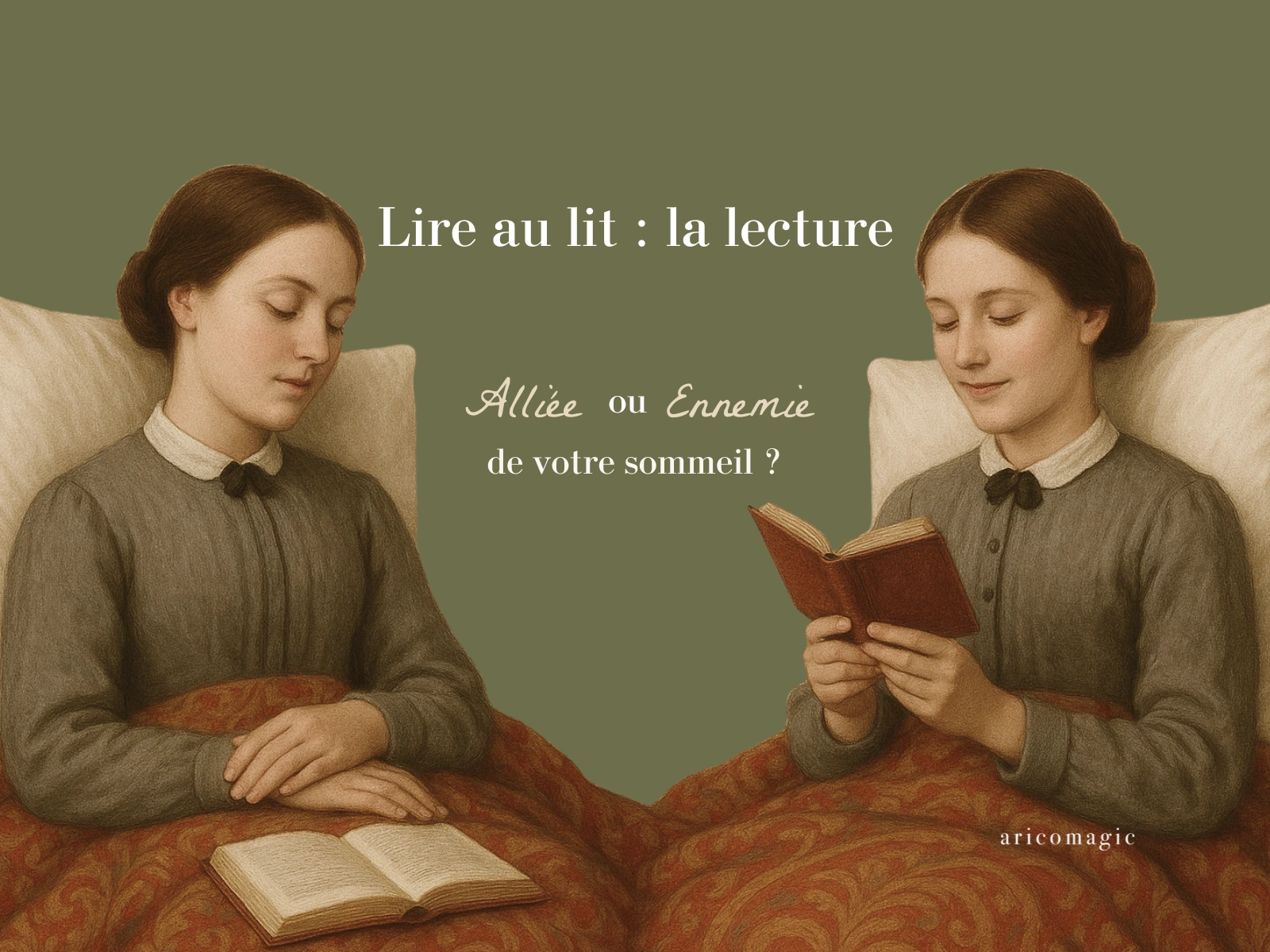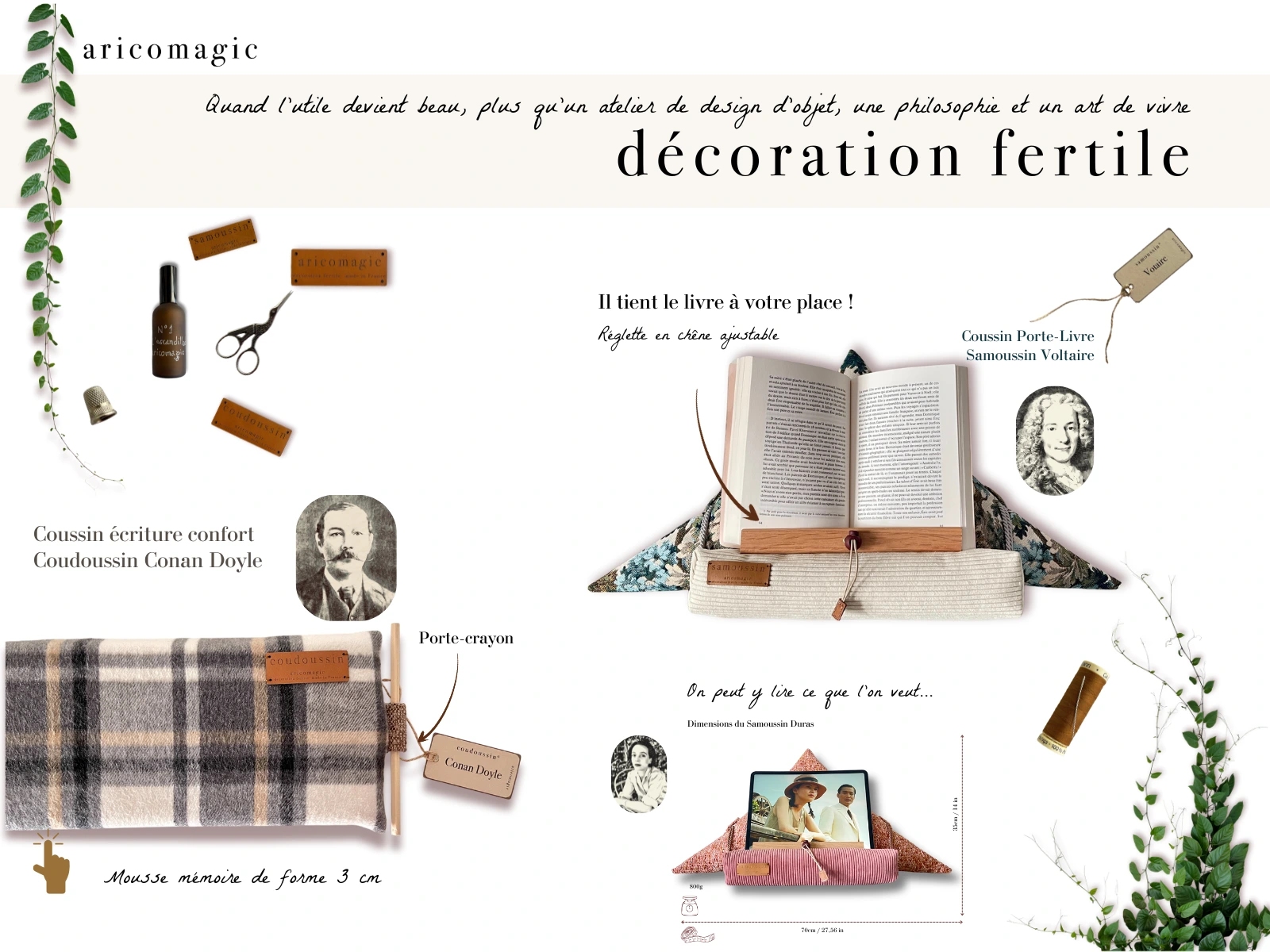In the Footsteps of Madame de Lafayette: Luxembourg’s Paris
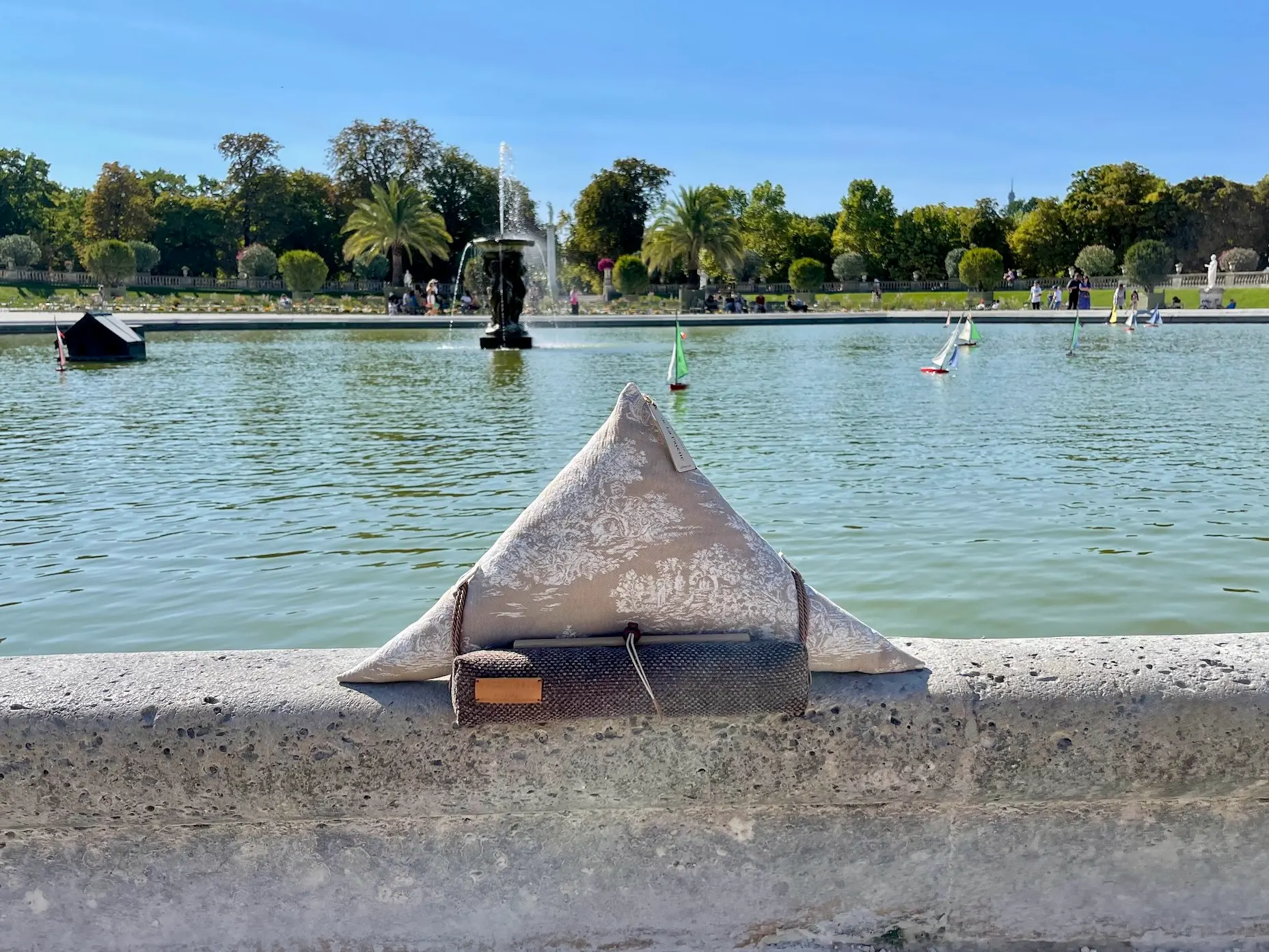
When a new fabric takes us on the trail of a pioneer
When we decided to give our samoussin de La Fayette book holder a makeover in toile de Jouy, we realized that, like many people, we mainly knew the name and The Princess of Clèves. But who was this woman really? How did she live in her 17th-century Paris?
So we embarked on our little Parisian investigation, camera in hand and samoussin under our arm. From Saint-Sulpice church where she was baptized to the Luxembourg Gardens right across from her private mansion, heading to the 6th arrondissement, where it all began.
Saint-Sulpice, a very well-located first address
It was in front of Saint-Sulpice church that we began our walk. Marie-Madeleine Pioche de la Vergne was baptized there on March 18, 1634. At the time, the building was just a construction site (the foundation stone had been laid eight years earlier), but already, the petty nobility of the neighborhood gathered there. Her godfather? A Marshal of France. Her godmother? Richelieu’s niece. You don’t become a writer by chance in Grand Siècle Paris.
The Vaugirard Street mansion, a literary salon facing the Luxembourg
On the other side of the square, toward Vaugirard Street. It was here, at number 48-50, that the family mansion stood where Marie-Madeleine was born and where she would return to live after her marriage. The lucky part: the windows look directly onto the Luxembourg Gardens, created by Marie de Medici to recapture the atmosphere of Florence. Imagine: waking up with a view of French formal gardens, fountains, statues…
Her husband, the Count of Lafayette, preferred his Auvergne estates to Parisian social life? Perfect. She transformed this private mansion into one of the most brilliant literary salons of her time. Madame de Sévigné, her best friend, was a regular. The Duke de La Rochefoucauld, author of the Maxims, spent his afternoons there debating literature. Henriette of England, the king’s sister-in-law, became her intimate friend.
It was in these rooms with carved woodwork, overlooking the trees of the Luxembourg, that the future of the French novel was being written. Between conversations, between visits, Madame de Lafayette invented the modern psychological novel.
At Aricomagic, we love this idea of inspiring spaces. A beautiful interior, books, friends who share your passions, light streaming through the windows… This is exactly what we seek to create with our objects: privileged moments where the useful meets the pleasant.
10 things to know about Madame de Lafayette (and her Paris)
Our Lafayette samoussin in toile de Jouy is a bit like reading The Princess of Clèves: classic, timeless, terribly elegant, and definitely trendy!
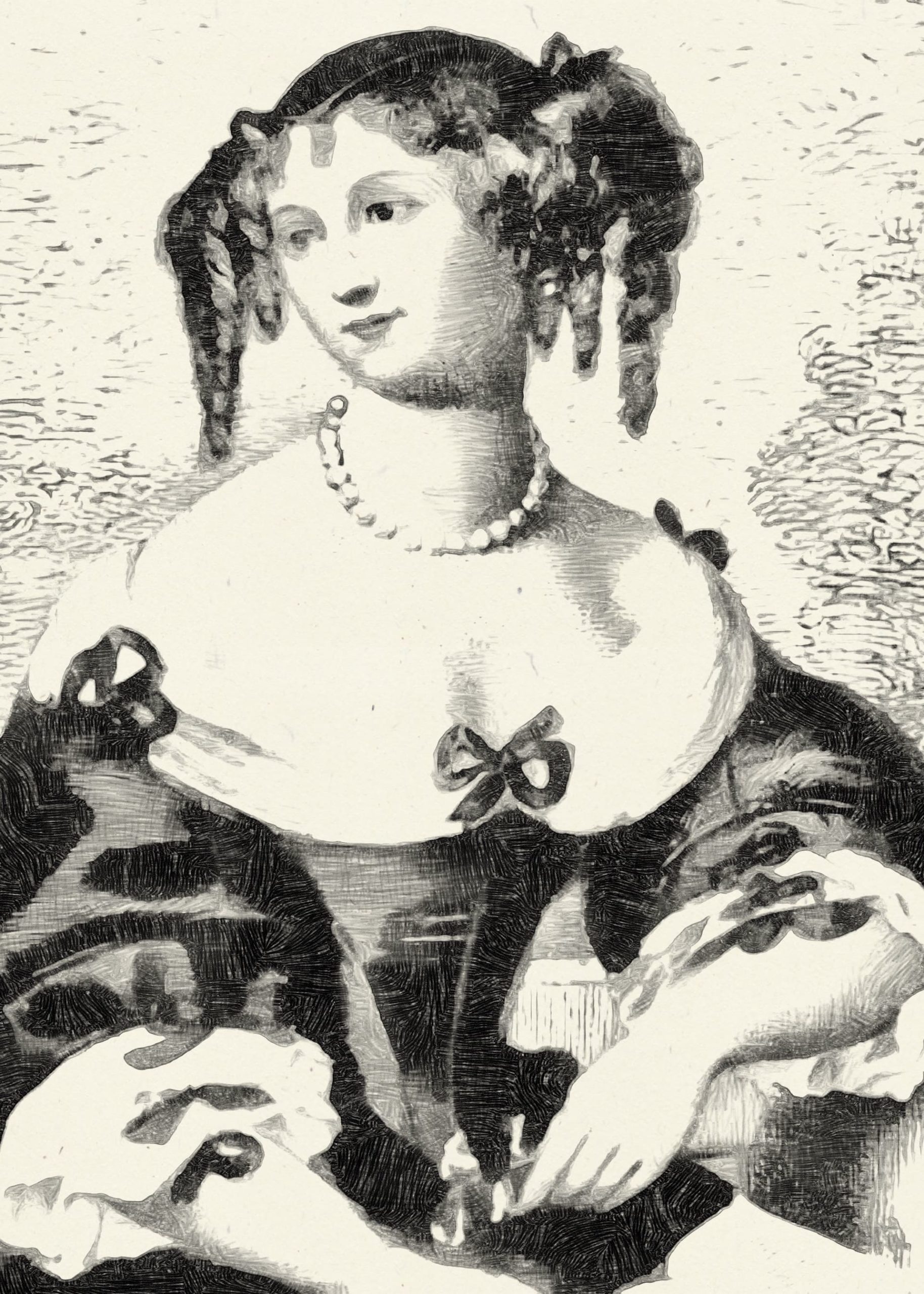
1. No, she’s not the wife of the famous Marquis de Lafayette The confusion is frequent! Marie-Madeleine Pioche de la Vergne, Countess of Lafayette (1634-1693), lived a century before Gilbert du Motier, Marquis de Lafayette (1757-1834), the hero of American independence. They just share a family name.
2. She hid everything (or almost) Publish under her own name? Unthinkable for a woman of her rank. The Princess of Montpensier, Zaïde, The Princess of Clèves… everything appeared anonymously or under her secretary’s name. Even when all of Paris wondered who the author of this masterpiece was, she persisted in denying it. Elegant strategy.
3. Her mansion no longer exists, but the address still does 48-50 Vaugirard Street, in the 6th arrondissement. The private mansion has disappeared, but you can walk by and imagine the literary salon that was held there, right across from the Luxembourg.
4. She was lady-in-waiting to Anne of Austria At 16, she entered the queen’s service. Perfect for observing the Court’s dress codes: sumptuous brocade and velvet gowns, lace collars, elaborate hairstyles with their carefully arranged curls, precious jewelry… All this aesthetic that she would describe with such precision in The Princess of Clèves. By the way, you can find the statue of Anne of Austria among the Queens of France in the Luxembourg Gardens, dressed in those majestic Grand Siècle outfits.
5. Voltaire paid her a magnificent tribute In The Age of Louis XIV, he wrote that her novels were “the first in which we saw the manners of honest people, and natural adventures described with grace.” Before her? “People wrote in a pompous style about improbable things.”
6. She invented the short novel At a time when novels were thousands of pages long, she offered condensed, precise narratives where every word counts. The Princess of Clèves is only 178 pages in the original edition. Revolutionary!
7. Her friendship with La Rochefoucauld nourished her work For twenty years, she shared an intense intellectual complicity with the author of the Maxims. Madame de Sévigné wrote that “nothing could be compared to the confidence and charms of their friendship.” It was in these exchanges that her pessimistic vision of love was born.
8. The Luxembourg was her garden Right across from her home, it was her daily territory. The fountains, the statues, the paths… A perfect setting for a woman who loved observing society and its codes.
9. She is the mother of the psychological novel The first to analyze with such finesse internal torments, conflicts between duty and passion, jealousy, guilt. From Balzac to today, all psychological analysis novelists owe her something.
10. The Princess of Clèves continues to spark debate In 2006, Nicolas Sarkozy mocked its presence in the civil service exam. Immediate reaction: Christophe Honoré made it into a film (The Beautiful Person) transposed to the 21st century. The novel is regularly on the high school curriculum. More than three centuries later, it still captivates.
Why toile de Jouy for this samoussin?
When we wanted to give the Lafayette samoussin a makeover, toile de Jouy was an obvious choice. This fabric is somewhat the textile equivalent of what Madame de Lafayette did in literature: French refinement, precise technique, scenes that tell stories.
A timeless classic making a strong comeback
And let’s face it: toile de Jouy is THE trend of the moment. For several seasons now, this iconic motif has made a striking comeback in decoration. Major designers are reappropriating it, Dior makes iconic tote bags and even decorates its ephemeral spas with it, and decoration magazines swear by it.
You find it everywhere: as panoramic wallpaper in the chicest interiors, on cushions, curtains, even on clothing and accessories. Fabric publishers love revisiting it with each collection, changing the colors while keeping its pastoral charm. From Prussian blue to emerald green, from powder pink to graphic black, it comes in infinite variations without ever losing its elegance.
A fabric that tells the story of French art de vivre
Born in the 18th century in the Jouy-en-Josas manufacture (just next to Versailles), toile de Jouy depicts bucolic, historical, or mythological scenes in monochrome on a light background. It’s elegant without being ostentatious, narrative without being heavy. Exactly the aesthetic of the Grand Siècle that Madame de Lafayette embodied: restraint, precision, depth beneath apparent simplicity.
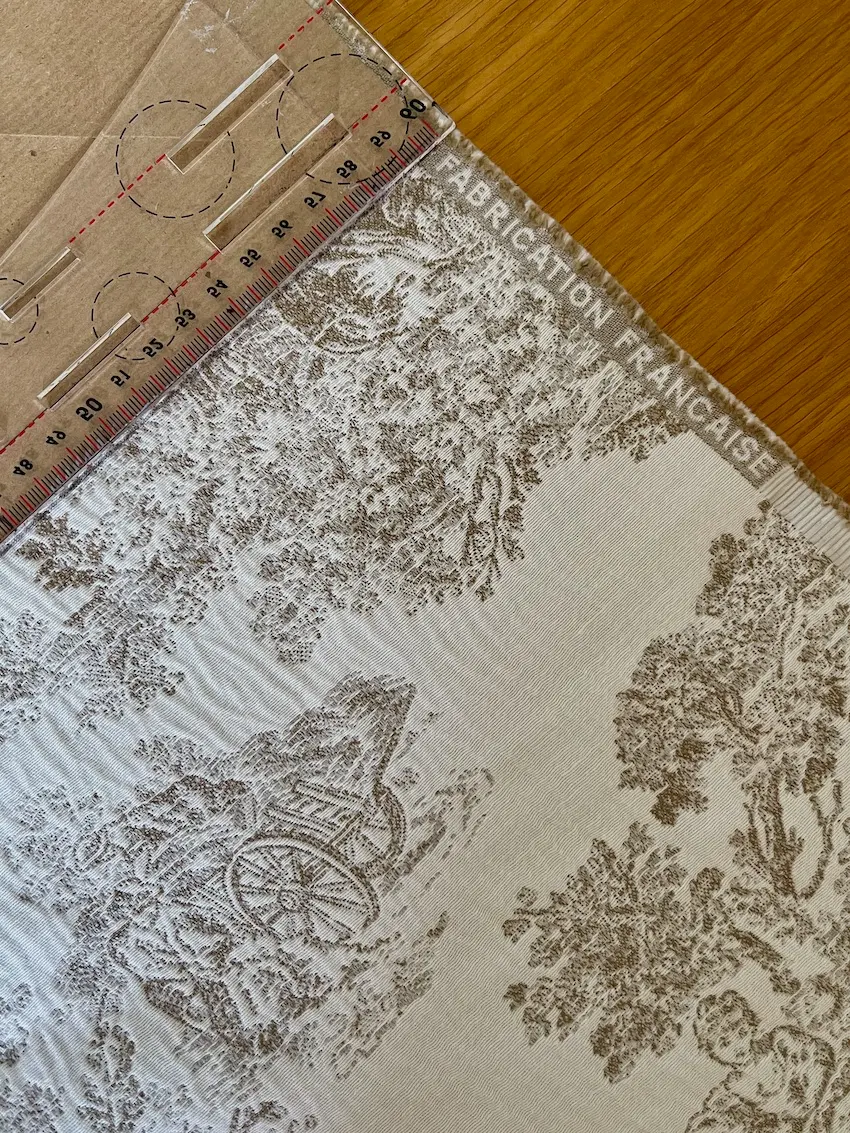
And then, for consistency’s sake: this quintessentially French fabric for a writer who invented the modern French novel made perfect sense. Our Lafayette samoussin in toile de Jouy is a bit like reading The Princess of Clèves: classic, timeless, terribly elegant, and definitely trendy.
Living like Madame de Lafayette today
Finally, as you know, our “Living like” concept seeks to recapture an author’s spirit, their art of living. So how can we draw inspiration from Madame de Lafayette in our daily lives?
Create your own literary salon: Receive friends around books, discussions, share your readings. She reminds us that intellectual exchanges are essential.
Favor quality over quantity: In writing as in life. Few works, but masterful ones. Few objects, but beautiful and lasting ones.
Surround yourself with beauty: An elegant interior, a garden view (even small), noble fabrics like toile de Jouy. The setting influences thought.
Read in good conditions: She was a great reader. Our Lafayette samoussin accompanies you in those privileged moments when you immerse yourself in a book with all the necessary comfort.
Cultivate literary friendship: Discuss your readings, give books as gifts, create connections around literature. As she did with Madame de Sévigné.
At aricomagic, we believe that objects tell stories, just as Madame de Lafayette wrote them. By placing the Lafayette samoussin in your home, you welcome a bit of that refined Grand Siècle art of living. The toile de Jouy unfolds its bucolic scenes, your reading cushion holds your book for you, and who knows, perhaps while reading The Princess of Clèves comfortably settled, you’ll feel that connection with an era when Paris was inventing the modern novel, one salon at a time.

